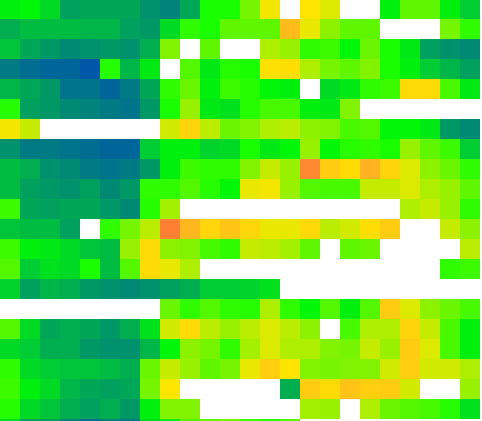Way back in February, Kiel and I did an event called Body Lab in conjunction with our LJMU colleagues at OpenLabs. The idea for this event originated in a series of conversations between ourselves and OpenLabs about our mutual interest in digital health. The brief of OpenLabs is to “support local creative technology companies to develop new products and services that capitalise upon global opportunities.” Their interest in our work on physiological computing was to put this idea out among their community of local creatives and digital types.
I was initially apprehensive about wisdom of this event. I’m quite used to talking about our work with others from the research community, from both the commercial and academic side – what makes me slightly uncomfortable is talking about possible implementations because I feel the available sensor apparatus and other tools are not so advanced. I was also concerned about whether doing a day-long event on this topic would pull in a sufficient number of participants – what we do has always felt very “niche” in my view. Anyhow, some smooth-talking from Jason Taylor (our OpenLabs contact) and a little publicity in the form of this short podcast convinced that we should give it our best shot.

